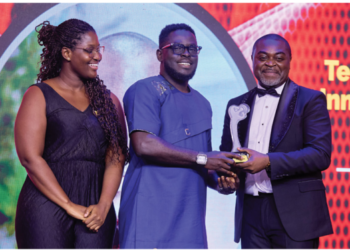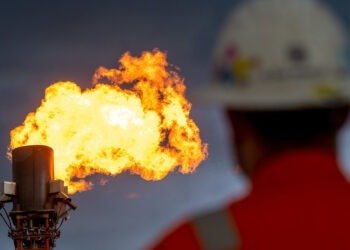The World Bank has approved $103.4 million for Ghana to tackle the degradation of about three million hectares of degraded landscapes. The Fund will also strengthen the country’s integrated natural resource management.
The Ghana Landscape Restoration and Small-Scale Mining project will focus on land-use planning for integrated landscape management. The project will also promote sustainable mining by helping formalize artisanal and small-scale mining. Over 250,000 people are the direct beneficiaries.
The financing includes credit of $75 million from the World Bank’s International Development Association (IDA). The remaining $28.4 million constitutes grants from the Global Environmental Facility, and the Extractive Global Programmatic Support. The other donor includes the Global Partnership for Sustainable and Resilient Landscapes (PROGREEN) multi-donor Trust Funds.
The World Bank stated that the project would be undertaken with communities of the northern savannah zone. Also, it will cover areas in the cocoa forest landscape.
Cost of environmental degradation
Furthermore, the World Bank noted that the cost of environmental degradation in Ghana stood at 2.8 percent of GDP as of 2017. This is mainly due to unsustainable use of land for agriculture, forests, and mining.

As such, the World Bank noted that if the current natural resource extraction persists, Ghana would see her natural resource base destroyed over the long term. This will mean fewer opportunities to sustain growth and shared prosperity.
Mr Pierre Laporte, World Bank Country Director for Ghana indicated that the project will help fast-track the country’s economic recovery.
“The project will help boost post-COVID-19 economic recovery, create jobs and secure livelihoods in some of the poorest parts of Ghana by focusing on agricultural productivity, ecosystems management and sustainable small-scale mining”.
Pierre Laporte
Furthermore, the project would also support sustainable land, water, and forest management activities. this will take place in the climate vulnerable target landscapes.
“The project aims to place landscapes and mining sector management on a path that would transition from degraded landscapes, poverty, and low productivity”.
Sanjay Srivastava, World Bank Practice Manager, Environment, Natural Resources and Blue Economy
The project to better livelihoods
Also, Mr Sanjay Srivastava indicated that the project will create a resilient landscape that optimize the ecosystem functions for better livelihoods. it will also ensure more sustainable economic returns.
Additionally, the project will enhance women’s role in local-level forest and landscape management activities, and create better income-generating opportunities.
“This joint project aligns with the World Bank’s Forest-Smart Mining Initiative and will promote forest-smart interventions in the artisanal and small-scale mining sector and strengthen regulatory compliance and sustainable mining practices”.
Zubin Bamji, World Bank Acting Practice Manager, Energy and Extractives Global Practice
The IDA helps the world’s poorest countries by providing grants and low to zero-interest loans for projects and programs. The aim is to boost economic growth, reduce poverty, and improve poor people’s lives.
IDA is one of the largest sources of assistance for the world’s 75 poorest countries. 39 of which are in Africa. Resources from IDA bring positive change to the 1.6 billion people who live in IDA countries.
Since 1960, IDA has supported development work in 113 countries. Annual commitments have averaged about $21 billion over the last three years, with about 61 per cent going to Africa.
READ ALSO: Poor remuneration not an excuse for fraudulent activities- John Awuah




















